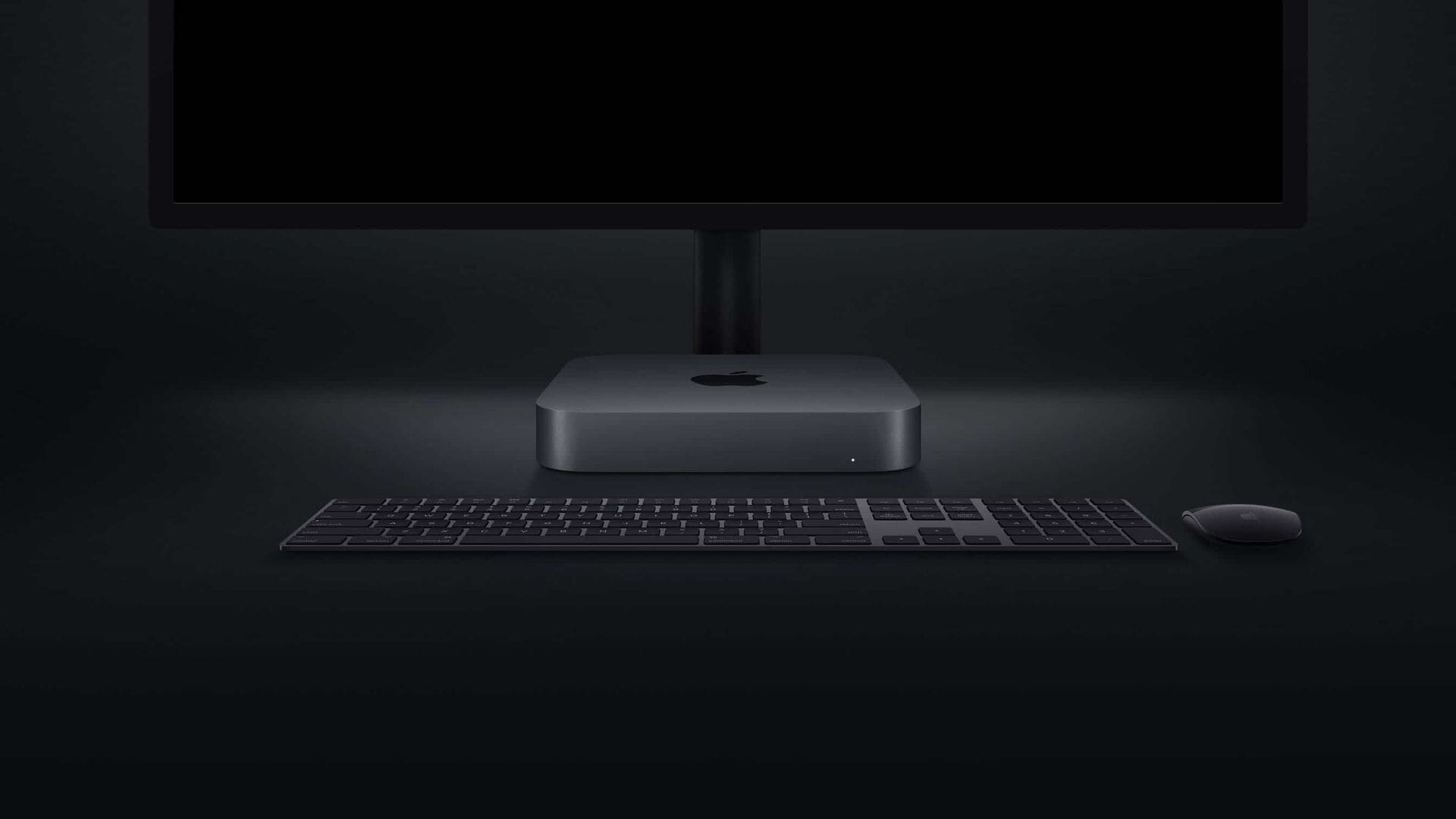Two things came to mind as I watched Tim Cook unveil the 2018 Mac mini.
- Wow.
- Should I move back to New York?
Prior to moving to Tokyo, I worked as an electronic music designer in New York and Las Vegas, where my job involved building keyboard racks and designing sounds for keyboard players on Broadway shows. More often than not, the racks I built were powered by Mac minis running MainStage.
Why Mac mini?
Despite all the razzle-dazzle you see onstage, Broadway shows actually have very tight budgets, especially when it comes to keyboard racks for the electronic music designer. Unfortunately, professional music equipment is really expensive, so this reality often presented a “trilemma” between low price, high reliability, and high flexibility.
Low Price
On Broadway shows, I was usually given a $10,000 pre-tax budget to spend on a single keyboard rack with two computers for redundancy. On Off-Broadway shows, even less — maybe $7,500. Here’s a rough cost breakdown of the major components, excluding the computer, in a keyboard rack.
- $1500 — MIDI keyboard controller
- $2000 — two audio interfaces
- $1200 — cables, pedals, and accessories
- $1200 — 8-channel DI box
- $500 — software
- $150 — power conditioner
- $100 — KVM switch
- $500 — computer keyboard, mouse, and display
This leaves a total of $3,350 for two computers, making a mid to high-end Mac mini the only viable option.
High Reliability
In a live performance setting, redundancy and modularity make up a system’s level of reliability. High reliability is the key factor to consider when building a keyboard rack, and this is especially true for touring productions that prefer to have computers mounted in a rack case. Loading and unloading gear to travel to a new city every week while having to worry about the fragility of MacBook Pros and iMacs is a nightmare.
Upgrading RAM in the 2014 Mac mini.
Ideally, every keyboard rack should strive for redundancy and have two of everything, which automatically doubles the cost. Secondly, the keyboard rack’s computers should be modular. This allows for components like the keyboard, mouse, display, and hard drive to be replaced individually. It’s a lot cheaper to replace a mouse than to replace a whole MacBook Pro with a faulty trackpad. The Mac mini and Mac Pro are the only two Apple computers that satisfy the requirements for high reliability. The iMac is only semi-modular, and the current MacBook Pros completely lack modularity.
High Flexibility
Broadway shows can be very sonically diverse, and it’s not uncommon to use dozens if not hundreds of different sounds in a MainStage file. High-end virtual instrument plugins like Ivory (Broadway’s favorite piano sound), Omnisphere, and Session Strings require a lot of CPU and RAM, especially in a live performance setting that requires a 64 or 128 sample buffer size. If you don’t know what buffer is, think of it as temporary memory where the computer can store processed data before handing it off somewhere else. In the context of live music performance, a musician presses a key on a MIDI keyboard, and the CPU generates the “sound” and stores it in the buffer. After the buffer is full, the data is sent off for digital-to-analog conversion.
A keyboard rig running MainStage on a Mac mini.
The bigger the buffer size, the more time the CPU has between data handoffs, which equates to less processing cycles in the same amount of time. Being able to set a low buffer size isn’t a huge deal for music producers and mixers, but it’s crucial for live musicians who use MainStage. I’m currently running MainStage on a 2017 MacBook Pro with an RME Babyface for audio output. With a 128 sample buffer size, the latency time (the amount of time between playing the keyboard and hearing sound) is 7 ms. With a 256 sample buffer size, the latency time moves up to 14 ms, which is very noticeable and more than enough to have a negative impact on musical performance.
Prior to the 2018 Mac mini, the 15″ MacBook Pro, the iMac, and the Mac Pro were the only computers with sufficient resource configurability to satisfy the virtual instruments that are being used in modern live performance settings.
The Trilemma at Hand
In blockchain, we can’t have decentralization, security, and speed. The same concept applies to keyboard racks for Broadway shows — we can’t have a low price, high reliability, and high flexibility. We must choose two. For the producer, the price comes first, reliability comes second, and flexibility comes last. For me, this means the Mac mini is the only possible choice when building keyboard racks. To overcome the flexibility issue, I have to compromise on sound quality by sampling resource-heavy virtual instruments into MainStage’s native and comparatively lightweight EXS24 format. If you’re a photographer, this process is similar to editing a JPEG instead of a RAW file, where the potential to make heavy changes to the image has been “sampled out”.
The 2018 Mac mini

The new Mac mini is an incredible machine, and it’s a real solution to the trilemma described above. It keeps the same rack-mountable design and general price point of the previous generation while providing power users with the processor and RAM configurations they need to get work done. I suspect the 3.2 GHz 6‑core i7 with 16 GB RAM configuration will soon become a crowd favorite in the Broadway community — not only for people like me, but for sound designers, audio mixers, video designers, and lighting designers as well. Thank you, Apple. Thank you very much.